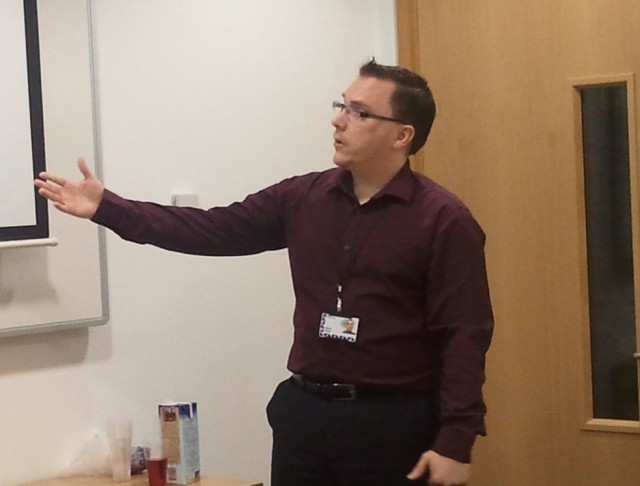Blaine Webb from Home Office Technology, Test Design & Consultancy Services discusses testing tool principles.
You’ll use testing tools in every aspect of quality assurance, from planning, performance testing, automation and execution to continuous improvement and integration.
The market offers an infinite number of tools and you’ll need to consider your project needs before selecting one. The tools are likely to be of more value to your team and the government if they can be reused, eg cloud-based and open source tools.
Principles for selecting a testing tool
Following certain principles will help you choose the right tool for your project.
1) Consider your needs
Before choosing a tool, make a list of any features that will help complete your testing task. Consider tools used by other government projects that have similar testing needs to yours.
Your tool choice must support your development method. For instance, agile teams will want different features to those who are practising Waterfall approaches, eg tools supporting automation are in more demand by agile teams.
Select a testing tool that:
- maximises your productivity
- is priced at a low cost of ownership
- avoids lock-in to a particular vendor
- lets you share your test assets with other service teams
- is easy to use
2) Be consistent
It’s important to be consistent with testing tools used by your department or agency, although this does not mean being uniform and unresponsive.
Remain flexible, choose a tool that suits your team’s needs and recognise any standards adopted by your service. Document the reasons behind your tool choice and experience so that future service teams can benefit from your insights.
3) Use open tools
Use tools that adhere to open standards so they can be re-used across departments and agencies. This open environment encourages development teams to share data on which testing tools are the most effective. Open tools also avoid vendor lock-in and are cheaper than proprietary alternatives. The Government IT Strategy and Technology Code of Practice [https://www.gov.uk/service-manual/making-software/open-source.html] says open source technology should be used where possible.
4) Consider cloud-based tools first
The government has adopted a ‘cloud first’ policy for public sector IT.
Cloud computing lets you access technology services in a flexible and agile fashion, buying only the services you need when you need them. There is now a vibrant marketplace of cloud testing tools, many based on open standards and available through the government’s Digital Marketplace.
Your use of cloud technologies will help:
- achieve cross government economies of scale
- procure testing tools that are flexible and responsive to user demand
- take advantage of the latest testing technologies
- meet environmental and sustainability targets
- encourage a dynamic and responsive supplier marketplace
- support emerging suppliers and small and medium enterprises
5) Consider the tool’s total cost
Make sure you can demonstrate the cost effectiveness of your testing tools. When choosing them, consider their total cost, including any:
- upfront fees
- running expenses, eg staff, support or licensing costs
- exit costs, eg the cost of migrating your data to a future replacement system
It’s important to get the right balance between ensuring user needs are met and the cost of the tool.
Don’t forget to sign up to the Government Technology blog.

2 comments
Comment by Mohua Kumar posted on
Good article.
Comment by Chris Fleming posted on
There are some really good points here. Following the 5 bullets around selecting a tool is so important - ignore these and you might as well have chosen excel as your solution!